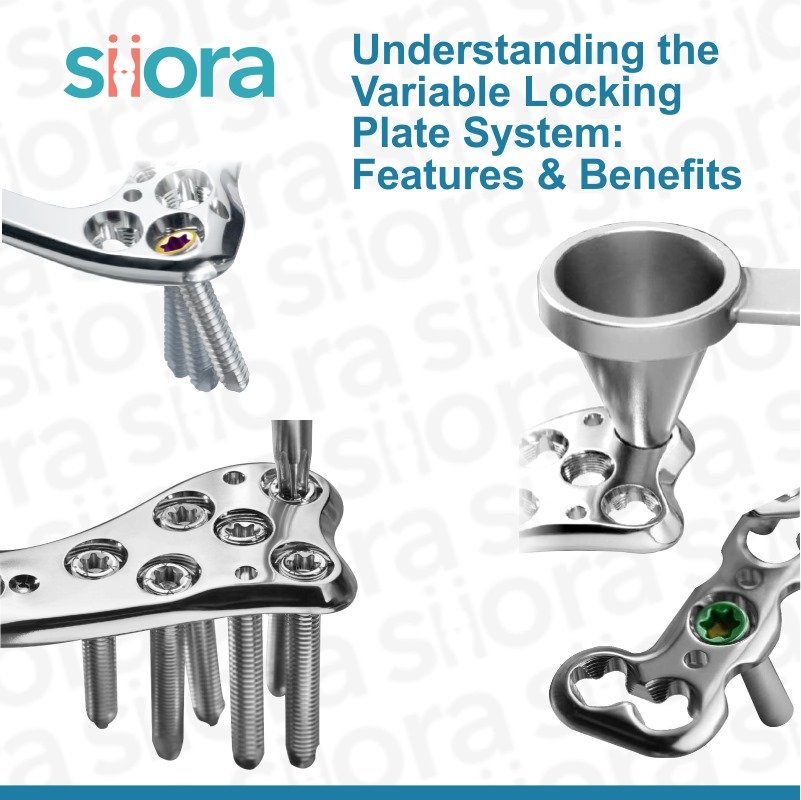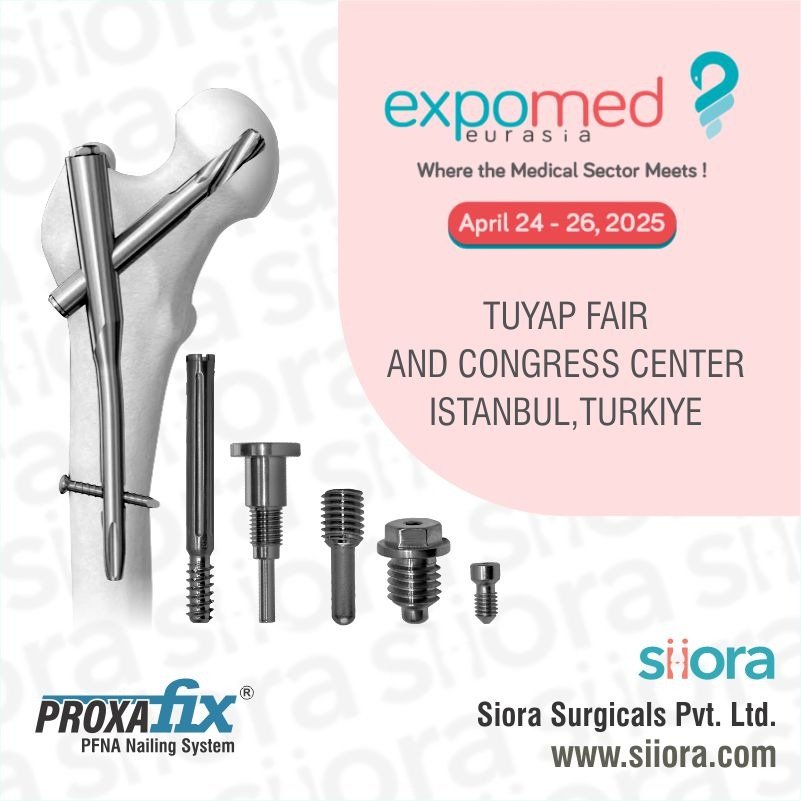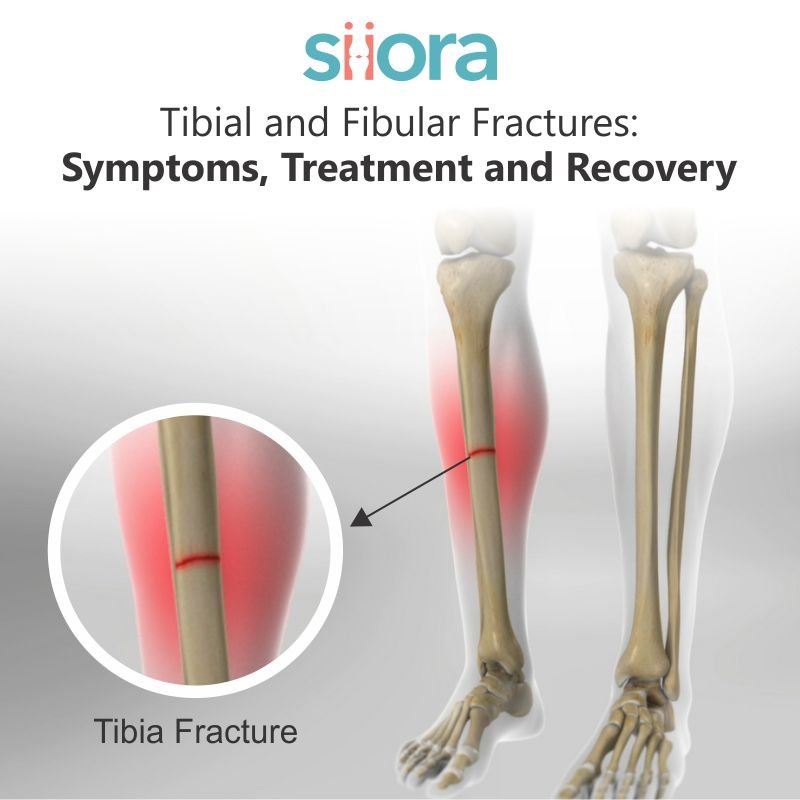When it comes to orthopedic trauma and fracture management, the development of advanced fixation methods has revolutionized patient outcomes. Among these advancements, variable Angle locking plates have emerged as a game-changer in fracture fixation. These plates provide superior stability, improved healing conditions, and greater flexibility for surgeons in treating complex fractures. But how exactly do variable locking plates enhance fracture fixation? Let’s take a deep dive into their benefits, mechanisms, and impact on patient recovery.
Understanding Variable Locking Plates
Variable angle plates are an evolution of traditional locking plates, designed to offer surgeons more options when stabilizing fractures. Unlike conventional plates where screws lock into pre-determined angles, variable locking plate system allow surgeons to insert screws at multiple angles, offering better adaptability to individual fracture patterns. This flexibility makes them particularly useful in treating fractures in challenging anatomical locations or those with compromised bone quality.
Why Variable Locking Plates are Stable?
Fracture fixation aims to achieve stability and promote optimal healing conditions. Variable angle locking plates enhance stability through the following mechanisms:
Multidirectional Screw Locking
The key advantage of variable locking plates is their ability to allow multidirectional screw placement. Traditional locking plates require screws to be inserted at a fixed angle, limiting surgical flexibility. With variable locking technology, surgeons can adjust the angle of screw insertion, ensuring optimal purchase in the bone and enhanced fixation, even in areas with poor bone quality.
Angular Stability
Once the screws lock into the plate at the chosen angle, they create a fixed-angle construct that prevents micro-movements at the fracture site. This feature is particularly beneficial in osteoporotic patients where conventional screws may become loose over time.
Load Distribution
The combination of a locking mechanism and variable angles allows for even distribution of forces across the fracture site. This reduces stress concentrations and minimizes the risk of implant failure, leading to a more reliable fixation system.
What Are the Advantages of Variable Angle Locking Plates Over Traditional Methods?
Variable angle plates offer several advantages over conventional plating systems and external fixation methods:
Improved Fixation in Osteoporotic Bones
One of the biggest challenges in fracture fixation is dealing with weak or osteoporotic bones. Traditional screws rely on bone thread engagement, which can be insufficient in low-density bones. Variable locking plates, however, provide angular stability that does not rely solely on bone quality. The fixed-angle construct prevents screw pullout and enhances stability, making them ideal for elderly patients with osteoporosis.
Enhanced Healing Through Biological Fixation
Minimally invasive techniques have become a preferred approach in orthopedic surgery. Variable Variolock lock plating system allows for less disruption of periosteal blood supply, leading to faster healing and reduced complications. Their design promotes secondary bone healing through callus formation, a natural and effective process for bone regeneration.
Greater Flexibility in Fracture Management
Every fracture is unique, and achieving the best fixation requires customized solutions. Variable locking plates provide surgeons with the ability to modify screw positioning based on patient anatomy and fracture complexity. This feature is particularly useful for fractures in difficult locations, such as the distal radius, proximal humerus, and periarticular regions.
Reduced Risk of Hardware Failure
Traditional non-locking plates are prone to screw loosening over time due to micro-motion at the bone-plate interface. These variable angle plates eliminate this issue by securing screws in a fixed-angle position, ensuring long-term stability. This reduces the likelihood of hardware failure, implant breakage, or the need for revision surgeries.
Simplified Surgical Technique and Reduced Operative Time
With variable angle locking plates, the surgical procedure is often more straightforward. The ability to insert screws at different angles means that fewer adjustments are needed during fixation. This leads to reduced operative time, lower risk of soft tissue damage, and improved overall surgical efficiency.
What Are the Applications of Variable Angle Locking Plates?
Variable locking plates have found widespread use in treating a variety of fractures, including:
Periarticular Fractures
Fractures near joints, such as those in the knee, shoulder, or wrist, require precise stabilization without compromising movement. Variable locking plates allow surgeons to place screws at optimal angles to maintain joint integrity and prevent post-surgical complications.
Osteoporotic Fractures
As mentioned earlier, patients with osteoporosis face an increased risk of fracture fixation failure. The locking mechanism of these plates provides reliable stability even in weakened bones, reducing the risk of implant-related complications.
Complex and Comminuted Fractures
Comminuted fractures (where the bone is broken into multiple fragments) require a fixation system that can hold multiple fragments securely. Variable angle plates provide the necessary versatility to ensure that all bone fragments are adequately stabilized.
Revision Surgeries
In cases where previous fixation has failed, variable locking plates serve as an effective solution. Their adaptability allows surgeons to work around previous surgical sites while ensuring robust fixation for improved healing outcomes.
What is the Impact of Variable Locking Plates on Patient Recovery and Outcomes?
The introduction of the variable locking plate system has significantly improved patient recovery times and post-surgical outcomes. Here’s how they contribute to better patient care:
Faster Healing
By promoting secondary bone healing and reducing disruption to the periosteal blood supply, these plates allow for quicker recovery.
Reduced Post-Operative Pain
Stable fixation reduces micro-movements at the fracture site, minimizing pain and discomfort during the healing process.
Lower Risk of Complications
Fewer cases of screw loosening, implant failure, or secondary fractures mean reduced hospital readmissions and a lower need for revision surgeries.
Improved Mobility
By ensuring strong and stable fracture fixation, patients can begin rehabilitation sooner, leading to better long-term functional outcomes.
Final Thoughts
Variable angle locking plates represent a significant advancement in fracture fixation technology. Their ability to provide superior stability, adaptability in screw placement, and improved outcomes in osteoporotic and complex fractures make them an invaluable tool for orthopedic surgeons. As technology continues to evolve, orthopedic implants along with these plates will likely become even more advanced, further improving the standard of care for patients with fractures.
For patients facing fractures, the use of variable locking plates translates into better healing, fewer complications, and a faster return to daily activities. For surgeons, they offer enhanced precision, efficiency, and reliability in treating even the most challenging fractures. With these benefits in mind, it’s clear that variable angle plates are paving the way for the future of orthopedic trauma care.







